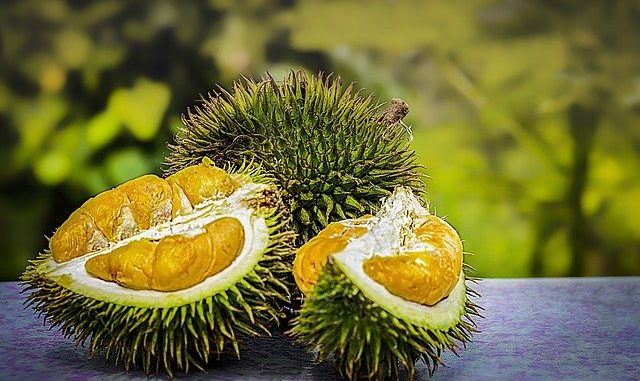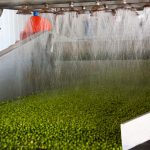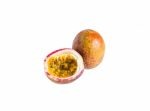
Durian (Durio zibethinus Murr.) may well be the fruit with the greatest or most objectionable flavour known. It just depends on your point of view! The reason for the flavour is the presence of many different sulphur compounds which are also known in passionfruit pulp. They are banned from being transported on public carriages and planes.
The varieties to consider are the following:- Chanee, Monthong, D2, D24, MDUR78, D101 and Chuk.
Durian: Flavour And Aroma
The flavour is simply down to a few volatile components. One study identified the following in the pulp:- 22 esters, 14 sulphur compounds, 7 alcohols, 3 aldehydes and 1 ketone using solid-phase micro-extraction coupled to gas chromatography-time of flight mass spectrometry (Voon et al., 2007).
The key components are the following:- diethyl disulphide, ethyl-n-propyl disulphide, diethyl trisulphide and ethanethiol. These are all predominantly sulphur-containing compounds.
The major esters were either ethyl propanoate, ethyl-2-methyl butanoate, or propyl-2-methylbutanoate and their levels varied within cultivars investigated.
The application of Principal Component Analysis (PCA) to all the main volatiles (29 identified in number), showed strong correlation between flavour and the various components in the pulp of the fruit. PCA is a highly useful tool for teasing out the main factors that might characterise the flavour of a product and how it impacts on the corresponding sensory properties.
Colour
One study examined the colour compounds, α- and β-carotene (Wisutiamonkul et al., 2015).. The darker the yellow colour, the more there is of these particular pigments. In ripe cv. Chanee fruit the main carotenoids were β-carotene (about 80%), and α-carotene (20%), with minor levels of lutein and zeaxanthin. The total carotenoid content in cv. Chanee fruit is higher than in cv. Monthong by about a 9-fold higher level.
The β-carotene content of cv. Chanee is about 11-fold higher than cv. Monthong.
Durian: Nutrition
Many people think of the Durian as a high cholesterol fruit and to be avoided as best as possible, however that is a classic myth and totally untrue. It is a good source of a number of nutrients which makes it the complete package. It contains plenty of carbohydrate as well as minerals and vitamins such as vitamin C, potassium, tryptophan, folic acid, pantothenic acid, thiamine, niacin, riboflavin and vitamin B6.
If you look at 100g of durian flesh, it contains no cholesterol but it is 147 calories in energy, 5.33g fat, 1.47g protein and 27g carbohydrates.
It is possible to get drunk eating durian. Apparently, the durian will ferment in the saomach producing sufficient amounts of alcohol to create a sense of euphoria. It is not recommended for anyone with gastritis or other types of stomach inflammation..
References
Voon, Y.-Y, Sheikh, A.H.N., Rusul, G., Osman, A., Quek, S.Y. (2007) Characterisation of Malaysian durian (Durio zibethinus Murr.) cultivars: relationship of physicochemical and flavour properties with sensory properties. Food. Chem., 103, (4), pp. 1217-1227
Wisutiamonkul, A., Promdang, S., Ketsa, S., van Doorn, W.G. (2015) Carotenoids in durian fruit pulp during growth and postharvest ripening. Food Chem., 180 pp. 301-305 https://doi.org/10.1016/j.foodchem.2015.01.129



Leave a Reply